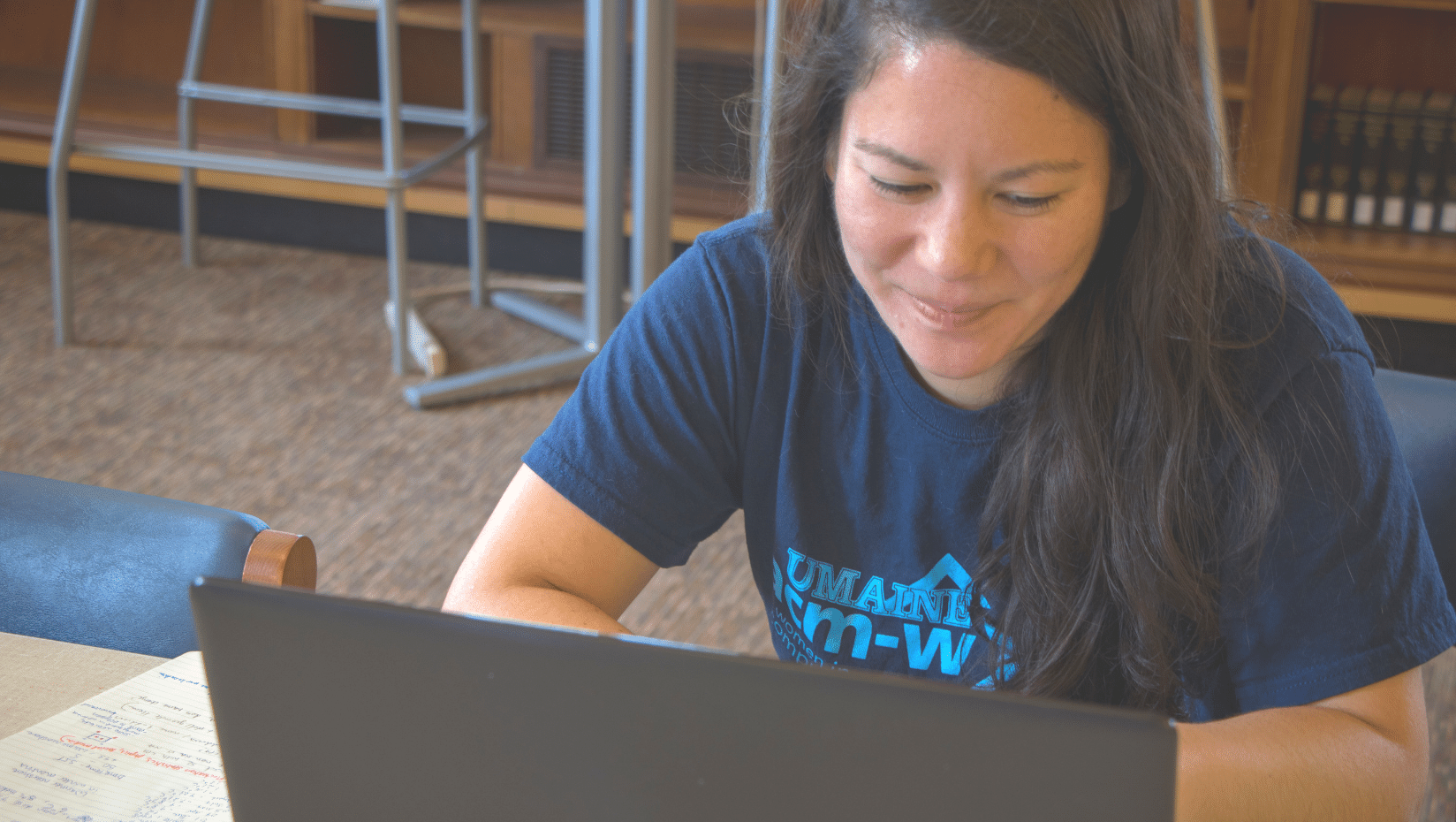
Up, Running and Improving: How Survey 123 is Supporting Maine-eDNA Research
Mary-Kate Beard-Tisdale, a University of Maine faculty member and Co-Principal Investigator on the Maine-eDNA program, has been working hard with her Graduate Research Assistant, Melissa Kimble, in order to create a tool essential to collecting the program’s data. The tool comes in the form of a cross-platform application known as Survey123.
“The main purpose of the application is to survey project researchers in order to collect important information relating to the samples they are collecting as part of the Maine-eDNA research,” says Kimble. While the samples themselves contain valuable information, it is highly important for scientific projects to collect as much information relating to the process as possible.
For example, recording information related to the environment the sample was collected from, including the date, time, weather, as well as conditions related to the sediment or water samples, is essential for the reproducibility of a scientific project. Reproducing results found by other researchers in order to attempt to prove a theory is important to the scientific method, but your project cannot be properly reproduced under similar, if not identical, conditions if they are not recorded.
The survey application was requested in October of 2019, in order to help meet this need. A small task group was formed as a result, and work on the application commenced. According to Beard-Tisdale and Kimble, the application was put into play not long after, and has gone through several iterations to reach the point it is currently at. The software used to create the application is ArcGIS, which the program was able to attain through UMaineGIS. Each time it has been updated, the improvements have been made with feedback from program participants.
“This application is helping to cross the bridge between Maine-eDNA’s various projects,” says Kimble. “It creates some standardization among the groups and is collaborative in nature. A lot of researchers are trying to connect their results to the environment and conditions they collect their samples from. They can learn a lot from each other in the process.”
According to Kimble, anyone who is a part of the Maine-eDNA program and hoping to learn more about the application and how to use it more effectively can likely find any information or tutorails they need on the Survey123 Tutorials website.
